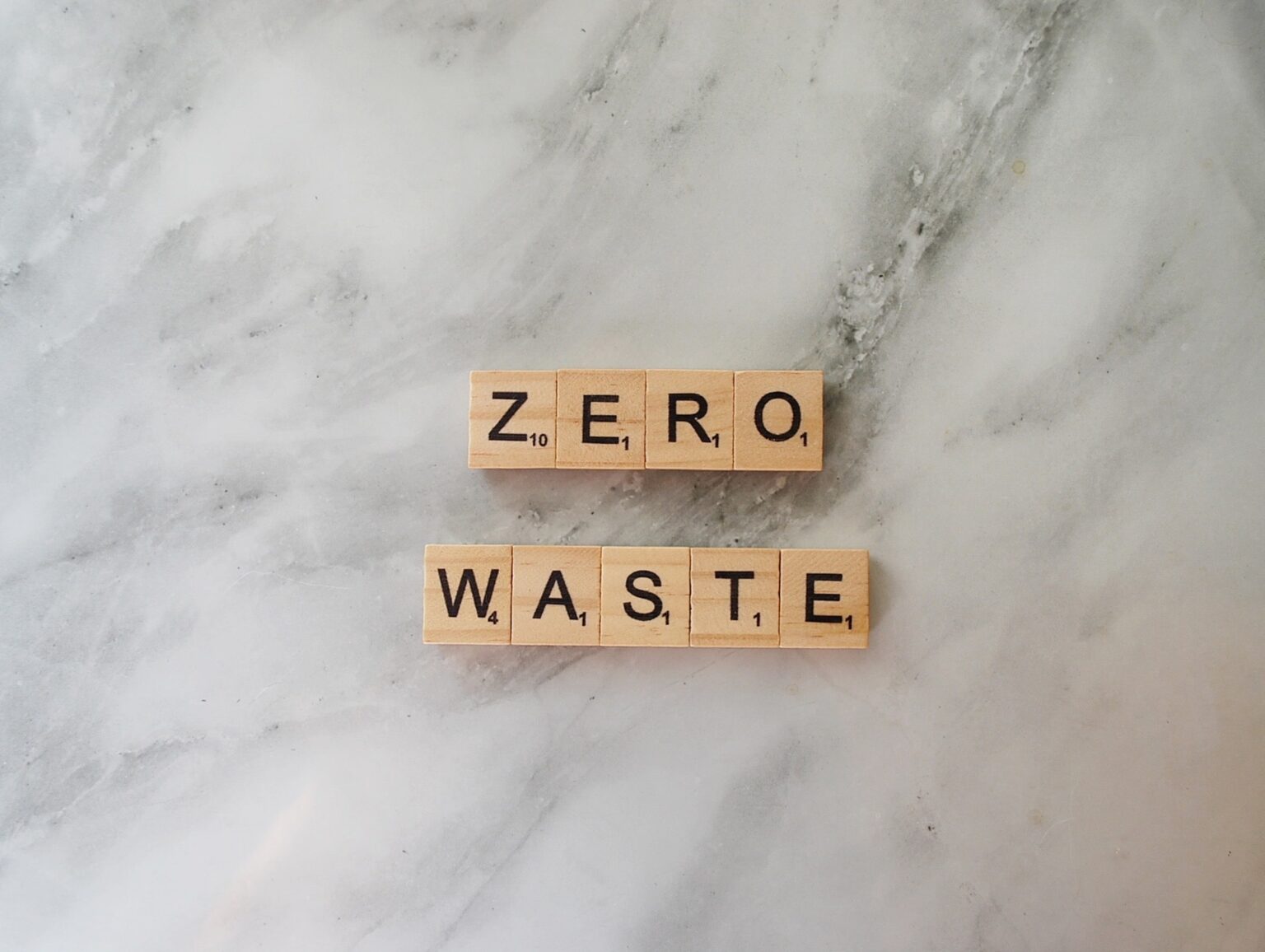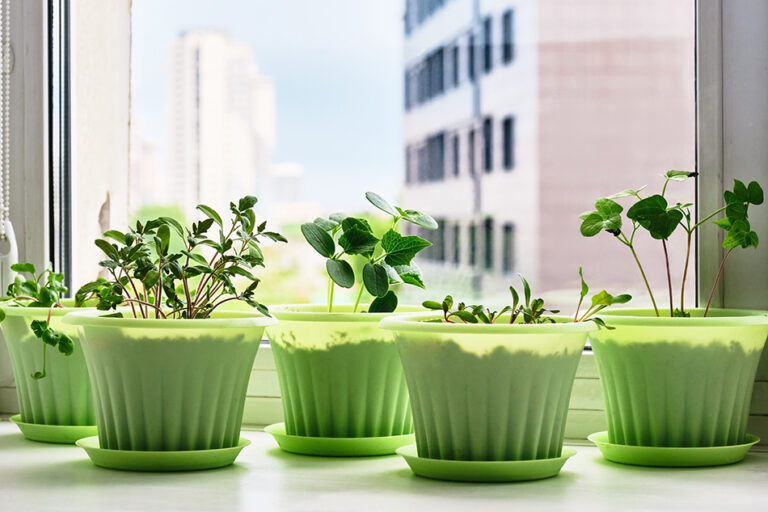Creating a waste-free lifestyle at home might sound like a daunting task, but while it might take some time and effort to get there, it isn’t impossible. Below are 10 tips that can help you fight waste in every aspect of your home life and bring you closer to your zero waste goal.
#1 – Stop Junk Mail
Junk mail is one of the biggest challenges when it comes to reducing your household waste to zero. Fortunately, the Federal Trade Commission (FTC) provides excellent information on how to reduce the influx of advertisements and other unsolicited mail.
#2 – Don’t Accept Freebies Just Because They’re Free
If you’re someone who travels to parties, fairs, or even the supermarket (and that’s virtually everyone), you’ve probably noticed that free samples are everywhere. Things like small cups of food, a refrigerator magnet you likely won’t use, and even your billionth pen will just end up in landfills eventually.
#3 – Declutter & Donate
Decluttering your home is an excellent way to make some additional space for things that matter. If you donate your lightly- and gently-used items to thrift shops and charities, you can prevent those items from being dumpster fodder while providing other households with an affordable means of acquiring what they need.
#4 – Eliminate Disposables from Your Life
Another excellent way to inch your way toward that zero-waste lifestyle involves refusing to purchase or accept disposable items. Virtually everything comes in a reusable form these days, whether it’s a metal drinking straw or even paper towels that can be washed and reused hundreds of times.
#5 – Reduce Your Shopping Trips
The less you bring home, the less you have to throw away. Never go shopping without a list, and try to find ways to eliminate unnecessary packaging while you’re at the store. Furthermore, when you go shopping, look for items that are sustainably packaged, and if you must buy plastic, try to find plastic that is 100% recyclable. You might even consider bringing your own reusable containers and buying in bulk to reduce packaging waste even further.
#6 – Bring Your Own Shopping Supplies
Rather than relying on plastic produce and grocery bags to get your goods home, invest in some good quality totes and mesh produce bags, instead. These can be rinsed and reused ad infinitum, which means you’ll save tons of plastic over their lifespan. Don’t forget to invest in at least one large insulated tote to keep groceries cold or frozen until you get them home.
#7 – Purchase Biodegradable Alternatives when Necessary
There are some things that we simply cannot use forever, and in these cases, it’s important to consider the alternatives. For example, it’s difficult to completely nix toilet tissue, so looking for a sustainable alternative that breaks down over time is a great option. You’ll also need to change your toothbrush now and then, but rather than buying plastic toothbrushes over and over again, a biodegradable bamboo alternative is a fantastic choice.
#8 – Get Invested in Recycling
If you haven’t committed yourself to recycling yet, there’s no time like the present. Make sure you understand your location’s recycling capabilities and processes first; find out what you can recycle, when it will be picked up, and what sorts of items you will need to drop off at a recycling facility on your own. There is a little extra work involved in cleaning out jars and containers and perhaps even driving the items to the facility, but the knowledge that you are doing your part for the environment is well worth it.
#9 – Try Buying Things Secondhand
While it’s definitely nice to buy something when it is shiny and new, buying secondhand items is incredibly good for the environment in many ways. Think about it like this: when people buy items new, the seller must then restock those items to keep up with the demand. As such, the manufacturer must increase production, which requires energy and produces waste. When people begin to buy more used products, the demand decreases – as does the production and the waste that comes along with it.
#10 – Start Composting
Finally, food waste is a significant issue in North America. According to the United States Department of Agriculture (USDA), between 30% and 40% of the food supply in the US goes to waste. (That’s roughly 133 billion pounds of food!) Buying only what you will eat is the best way to resolve this issue, but for scraps that simply cannot be helped (banana peels, onion skins, apple cores, etc.), composting is the way to go. The United States Environmental Protection Agency (EPA) provides tons of helpful information to help you get started with composting right away.
Although you can’t create a zero-waste household overnight, these 10 tips are steps in the right direction. The common phrase “Reduce, Reuse, Recycle” certainly applies here, but it applies differently to every household. Starting today, find ways to reduce your waste, whether that involves bringing your own totes to the grocery store or starting a compost bin in the backyard. Soon enough, you’ll reach your goals.






